Lesson Three – Cube Numbers
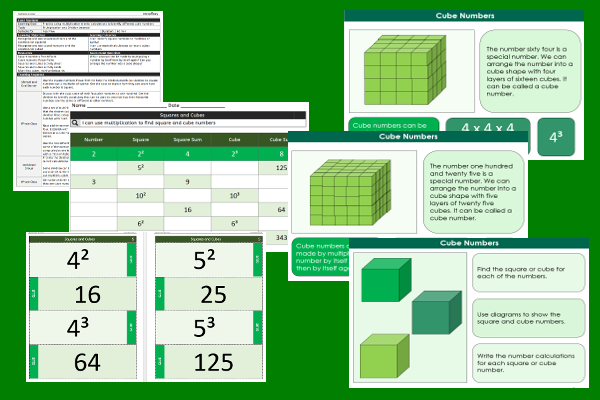
This maths teaching pack for Key Stage Two gets the children to practise using the correct multiplication mental number calculations to identify and illustrate examples of different cube numbers.
The class can identify and record how to use the correct symbol when identifying and recording calculations for cubed numbers as part of a multiplication number sum.
Download this teaching pack including a lesson plan, classroom activities and an interactive presentation to teach the children to practise using the correct multiplication mental number calculations to identify and illustrate examples of different cube numbers
Activities in this teaching pack include a worksheet to select and record multiplication number calculations that can be used to model different square and cube numbers and a set of cards to identify and match different square and cube number products and calculations.
The interactive presentation gets the children to explain how to identify and record different cubed numbers using pictorial diagrams and multiplication calculations.
This lesson is part of a maths scheme of work to get the children to explore and illustrate the properties of numbers that can support multiplication calculations including prime, square and cube numbers and multiplication facts that can be used to derive division quotients. There are teaching activities for shared learning, differentiated worksheets to support independent learning and interactive presentations to introduce concepts and key skills.
-
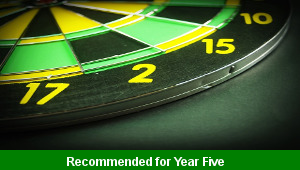
Number Rounding
Practise comparing and rounding numbers to six digits to their nearest ten, hundred and thousand by utilising the place value of their digits
-
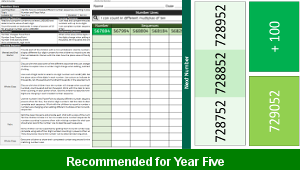
Number Lines Rules
Identify and record how to complete a selection of number sequences for five and six digit numbers when counting in steps of different powers of ten
-
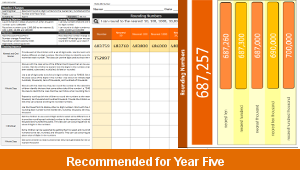
Rounding Number Changes
Explain and model how to round a range of different six digit numbers to the nearest ten, hundred and thousand by the place values of their numerical digits
-
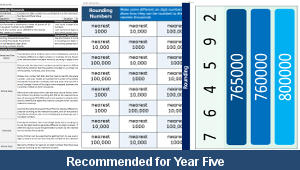
Rounding Thousands
Investigate how to compare a selection of different six digit numbers by rounding them to the nearest thousand using the values of their listed numerical digits
